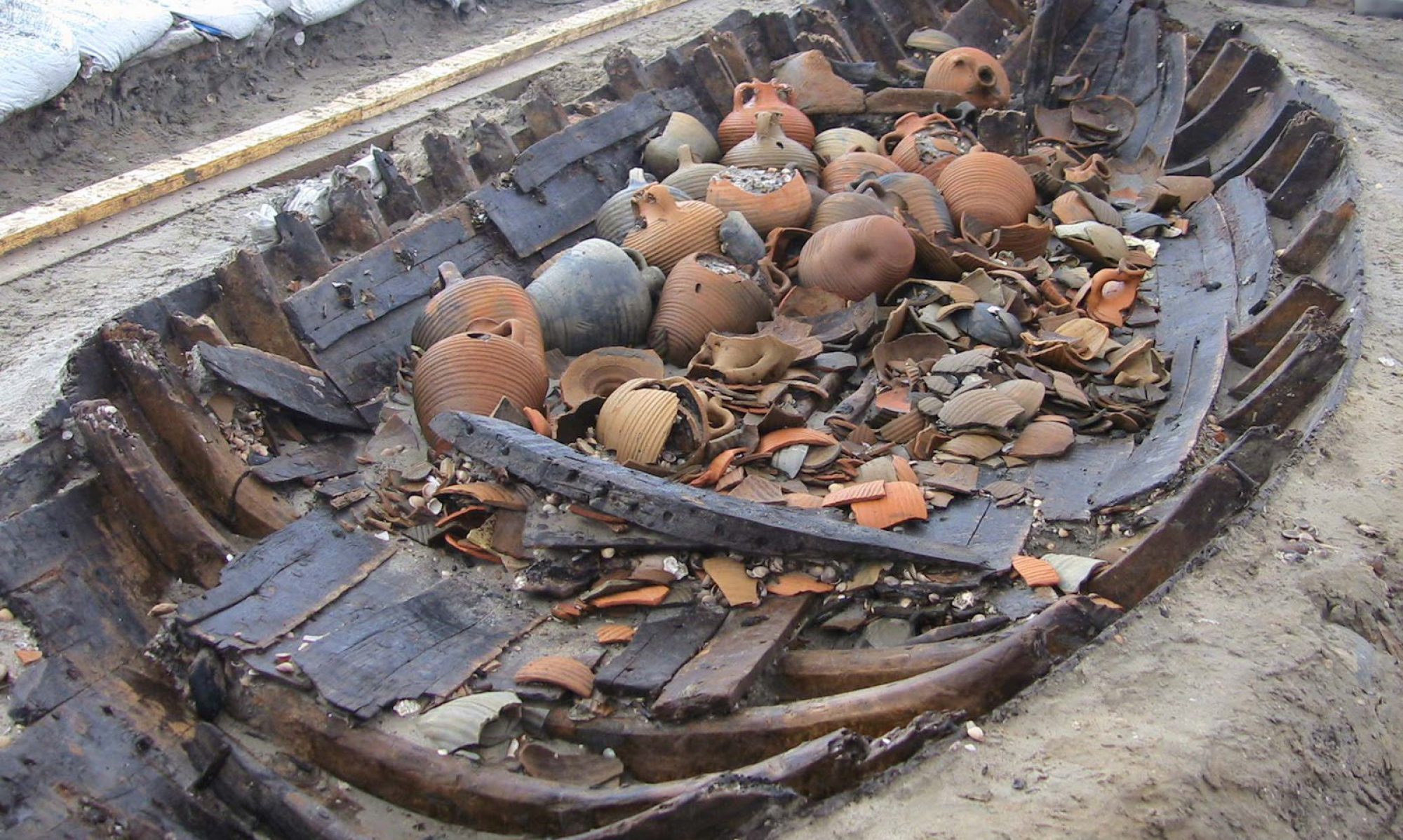From WA:
Ramesses III was murdered in a palace coup led by his wife and son, archaeologists announced on 17th December.
A number of ancient Egyptian documents, including the Judicial Papyrus of Turin, record an attempt on the 20th Dynasty pharaoh’s life in 1155 BC, the final year of his reign, and that the chief conspirators were Tiye, one of Ramesses’ secondary wives, and her son Pentawere. The coup, known as the ‘harem conspiracy’ failed, with the throne passing to the king’s designated successor, Ramesses IV, but Egyptologists have long debated whether the assassination attempt was successful.
Now researchers, led by Dr Albert Zink from the Institute for Mummies and the Iceman of the European Academy of Bolzano/Bozen in Italy, have carried out CT scans of the pharaoh’s mummified remains, revealing a deep cut across his throat that severed the trachea, oesophagus, and major blood vessels.
‘The extent and depth of the wound indicated that it could have caused the immediate death of Ramesses III,’ the team say, in their paper newly published in the British Medical Journal. ‘This study gives clues to the authenticity of the historically described harem conspiracy and finally reveals its tragic outcome. ’Our CT analysis provides evidence that the conspirators killed Ramesses III by cutting his throat.’
The researchers’ forensic investigations suggest that the damage to Ramesses III’s throat is unlikely to have been caused after his death, while no accounts of ancient Egyptian embalming methods suggest that opening the throat was part of the mummification process.

Further evidence of foul play came with the discovery of a wedjet (Horus eye) amulet which had been carefully placed inside the wound – perhaps by embalmers, hoping that its healing properties would restore the king in the next world, after which they covered the injury with a thick collar of linen layers.
At the same time, the team have announced the identification of a ‘possible candidate’ for the mummy of one of the culprits, Prince Pentawere – who reportedly took his own life after being found guilty of conspiracy against his father. The remains of 18-20-year-old ‘Man E’ were found in the same royal cache as Ramesses III at Deir el Bahari, but it had not previously been established who he was.
Bone samples taken from both mummies were analysed, revealing identical Y chromasomal DNA, and genetic similarities strongly suggesting a father-son relationship between the two individuals. While it is not possible to establish which of Ramesses’ many sons this could be, unusual aspects of his mummification suggest that he was not laid to rest with the honours expected for a 20th Dynasty royal.
There is no evidence that the man’s internal organs or brain were removed, the team say, and his body had been covered with a goatskin – a material considered to be ritually impure by the ancient Egyptians. This could be interpreted as a post-mortem punishment, the team suggest, though his cause of death remains subject to speculation. His inflated thorax and compressed skinfolds around the neck could suggest violent actions such as strangulation preceding his death, though these effects could also be influenced by decomposition.








You must be logged in to post a comment.